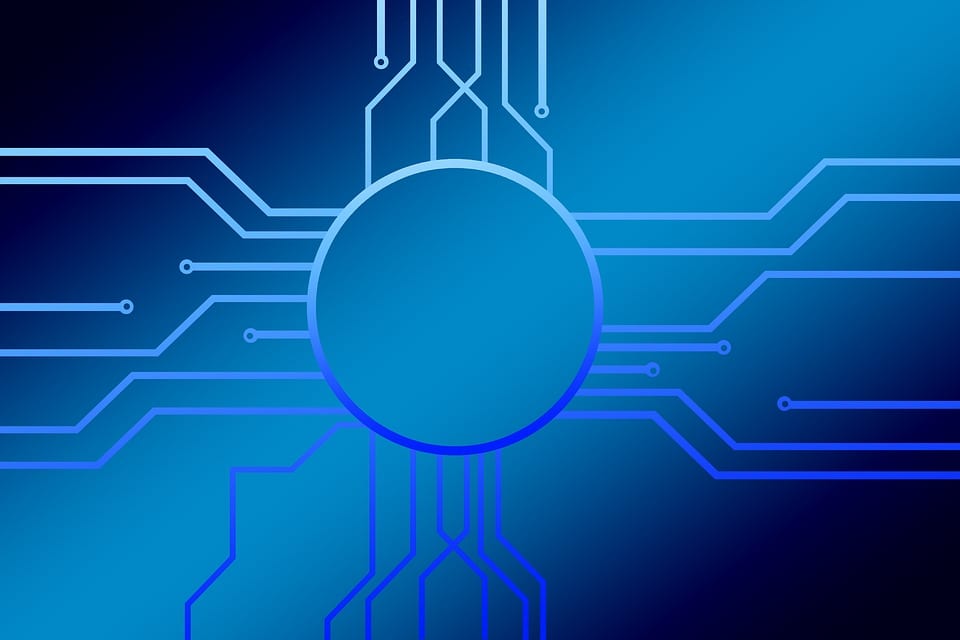Personalization: The art, technology and use cases
By: Ciopages Staff Writer
Updated on: Feb 25, 2023

Personalization technology represents an opportunity to drive sales while creating dynamic customer relationships. These relationships result in better customer leads, higher customer conversion rates, and improved customer loyalty.
Content Personalization
Content personalization is more important than ever before. Customers are bombarded with impersonal messages that sit stagnant in their inbox: one study found that of the 260 unopened emails in the average users’ inbox, 56 were sent from various brands. Furthermore, 60 percent of these consumers report they would have opened those messages had they been personalized. Customers express similar complains about mobile marketing messages and promotional website offers: they feel a disconnect between what is being offered and what they want, which makes them feel disconnected from the company…as if they are just another customer. However, through personalization technology and a variety of techniques, you can make each customer feel unique by responding to their specific needs and offering them the most relevant solutions and services based on data collected. Here is an overview of technology and techniques representing the state of the art in personalization.
Through personalization technology and a variety of techniques, you can make each customer feel unique by responding to their specific needs and offering them the most relevant solutions and services based on data collected.
Multi-channel and Omni-channel Personalization
Multi-channel personalization is a goal of many companies, but can be difficult to implement without the right tools. Customers leave a digital trail of behaviors and actions that can be monitored and analyzed in order to create a better personalization framework for those customers. For example, data collected can be used to create custom email campaigns based on what customers have been browsing on your website, complete with a CTA designed to personally appeal to this group. The data collected can be used by sales and marketing teams in order to provide a better customer service experience, which is absolutely crucial in securing repeat business. And customer web behavior can be used to offer the customer a more personalized website experience based on past interests–something that Amazon has turned into an art form.
Predictive A/B and Multivariate Testing
A/B testing, also known as split testing, allows you to send traffic to different versions of your conent in order to determine which version performs better for the user.
A/B testing, also known as split testing, allows you to send traffic to different versions of your conent in order to determine which version performs better for the user. This form of testing can be conducted on websites, mobile applications, banner advertisements, and other channels. This allows you to discover the combination of content and features that your customers best respond to and personalize the content and features in order to drive more successful CTAs.
Multivariate testing follows a similar idea, but it allows the user to create different values for multiple items on the same page. Live web traffic is exposed to each of these different iterations of the page in order for the user to better determine the impact of individual changes on factors such as customer conversion. Compared to A/B testing, multivariate testing is a more thorough form of personalization technology, but it requires more live traffic and more analysis than A/B testing before yielding any statistically significant results for the user.
Machine-learning product and content recommendations

There are a variety of ways to integrate learning algorithms in order to create content recommendations for customers. If your business specializing in a single area, then collaborative filtering may be the best solution. This identifies and separates customers into groups based on their mutual interests or shared behaviors. This is used to create product recommendations, such as “if you liked X book, we recommend that you buy Y book.” A more complex approach is to use Bayesian networks to segment customers based on the knowledge you have and then use that knowledge and the customer’s behavior to determine the likelihood of what they want; such a system is good at taking seemingly disparate data points and helping you deduce what the customer may want.
Advanced Customer Segmentation
| Did you know? |
|---|
| According to Tera Data survey early all (90%) of marketers believe one-to-one marketing is the future. A future where I means going beyond segmentation to true one-to-one personalization in a real-time context. |
Most of these personalization options require customer segmentation. If you have not done so already (or seek to do a better job), there are many tools for advanced customer segmentation. One possibility is the use of neural networks, which represent the state of the art in personalization technology. Such networks specialize in finding patterns in customer data that humans would find difficult–if not impossible–to discover. The more data you have, the better you can segment customers, making neural networks a solid choice for data mining the required information. Many CRM solutions also specialize in customer segmentation based on the combination of what the CRM learns about customer behaviors and its own built-in predictive intelligence software. Those wishing to explore segmentation at a lower investment cost may explore cheaper personalization software that interacts with free tools such as Google Analyticis.
Behavior based incentives and gamification
One need look no further than the explosive worldwide popularity of Pokemon Go to see that the world is wired for gaming. Millennials, for instance, are becoming a major economic force and represent the first generation that has played video games for their entire lives. There are a number of ways to integrate this love of gaming into your customer service model. For instance, depending on the product, you might develop a personalization technology system that allows customers to track things like fitness or investment goals and compete with friends using the same system. A more basic use is to give customers reward points based on how much money they spend, encouraging them to redeem points later for prizes or discounts. You can also build customer loyalty by giving customers points for things like writing reviews and sharing product news via social media, complete with a “high score” leaderboard where they can see where they rank, which encourages competition (and, of course, brand awareness).
1:1 Real-time messaging
![]()
One of the greatest tools in your personalization framework is 1:1 real-time messaging. This allows your system to take customer behavior data and other information about individual users and send them highly targeted messages based on specific triggers. Ideally, your system uses real-time data in order to offer customers the most immediately relevant information based on what they need. This may also include simple messages about products being low in stock or messages about what is trending, each of which helps create a sense of urgency to guide the customer towards your desired CTA. This lets you have the best of both worlds by guiding the customer towards that desired outcome while still making them feel a sense of triumph at receiving insider information about deals or snagging the last copy of a product that you have in stock
The future of personalization
For better or for worse, the future of personalization technology is very fluid. A recent study by the CMO Council and Pega Systems found that almost half of the senior marketing executives surveyed were disappointed in the ability of analytics software to predict the direction they should take their company. The study concluded that increased personalization was the key to improving both customer experience and the customer’s perception of value. Of course, different techniques and technologies work better for different companies due to differences in everything from marketing teams to clientele. However, experimenting with the personalization technologies and techniques above will help you discover the best way to make business personal again for you and your customers.